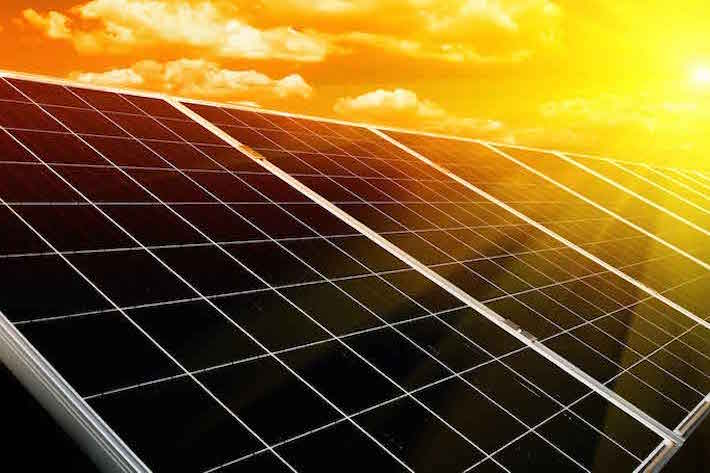
As a San Diego homeowner, envisioning the perfect rooftop-mounted solar panel system can seem like a complicated undertaking. There are a multitude of products on the market and it can be difficult to decide what components you need for your San Diego solar installation.
If you are considering going solar, one of the first things you need to determine is what type of inverter is best for you. In photovoltaic (PV) solar panel systems, an inverter plays a key role – to convert PV-generated or battery-stored DC electricity into AC power that can be used to power your home or sent back to SDG&E’s grid.
While, it can be overwhelming to decide among the many models and options available today, with some basic knowledge, you can confidently choose the best option for your home.
Baker Electric Solar, one of the best solar companies in San Diego, has some key tips to help you decide which type of inverter is right for your solar needs.
Inverters 101
The solar inverter takes DC electricity generated by solar panels and converts it into AC electricity which can then be used to power your household appliances and utilities. There are three types of inverters and each comes with it’s advantages and disadvantages.
String Inverters
A string inverter is the most common inverter for both residential and commercial solar power usage and with most solar installation companies, string inverters are the standard.
With string inverters, solar panels are linked together into strings and then wired to a large inverter in a centralized location, away from the solar panels. String inverters produce power for all modules at once, so if one string is down, then the whole system fails.
Depending on the size of the installation, more than one string inverter may be needed. Specifically, string inverters are best suited for installations where there can be uniform orientation and where there is no shading or obstructed surfaces.
String Inverter Advantages: Low cost; high efficiency; remote system monitoring capabilities
String Inverter Disadvantages: High voltage safety hazard; no panel level monitoring; not suited for shady areas; bulky box
Central Inverters
Central inverters are designed more for large commercial and industrial installations. Basically, they are a larger, more consolidated version of the standard residential string inverter. The central inverter is typically located at ground level and combines power from multiple rooftop solar panels in one central location. However, the voltage can be quite high, posing potential safety hazards.
Central Inverter Advantages: Low cost; High efficiency; easy installation
Central Inverter Disadvantages: Size; noise; potential for complete system failure
Microinverters
Microinverters are the newest solar power technology that allows DC power to convert to AC power directly from the roof. In comparison to string inverters, the control box is smaller and installed closer to the solar panels themselves. What sets microinverters apart from central or string inverters is that each panel produces solar power independently. This means that if one panel goes down or is obscured by shade or debris, the other panels are not affected and still function at optimal levels.
Additionally, microinverters are not limited by orientation and also work as MPPT converters, which can help to improve the overall efficiency of your system and cut costs.
While microinverters can require more maintenance over the lifetime of the system, they have a much longer warranty than string inverters — up to 25 years.
Micro Inverter Advantages: Works great in shaded areas; lower DC voltage; panel level monitoring; small box.
Micro Inverter Disadvantages: Complex installation; increased maintenance.
Other Considerations
Once you’ve selected the right inverter for your solar panel installation, the next step is to determine capacity. It’s important to make sure the inverter you choose has more capacity than the peak power your property needs.
The best way to determine this is to total the power usage of your largest appliances, including lighting and air conditioning so that you can estimate if the inverter can accommodate the capacity needed to power your house.
Choose the Best San Diego solar company
Over the last few years, many homeowners have experienced solar system failure due to low quality inverters. Not only is it important to compare inverters, but also to invest in a quality solar installation system. Solar inverters are crucial to a solar energy system – that’s why San Diego-based Baker Electric Solar only uses top-rated brands in all our solar panel installations.
If you have questions about which inverter is the best choice for your solar needs, feel free to give Baker Electric Solar a call. We’d love to give you a free San Diego solar quote and help you start benefiting from all that solar power offers.




